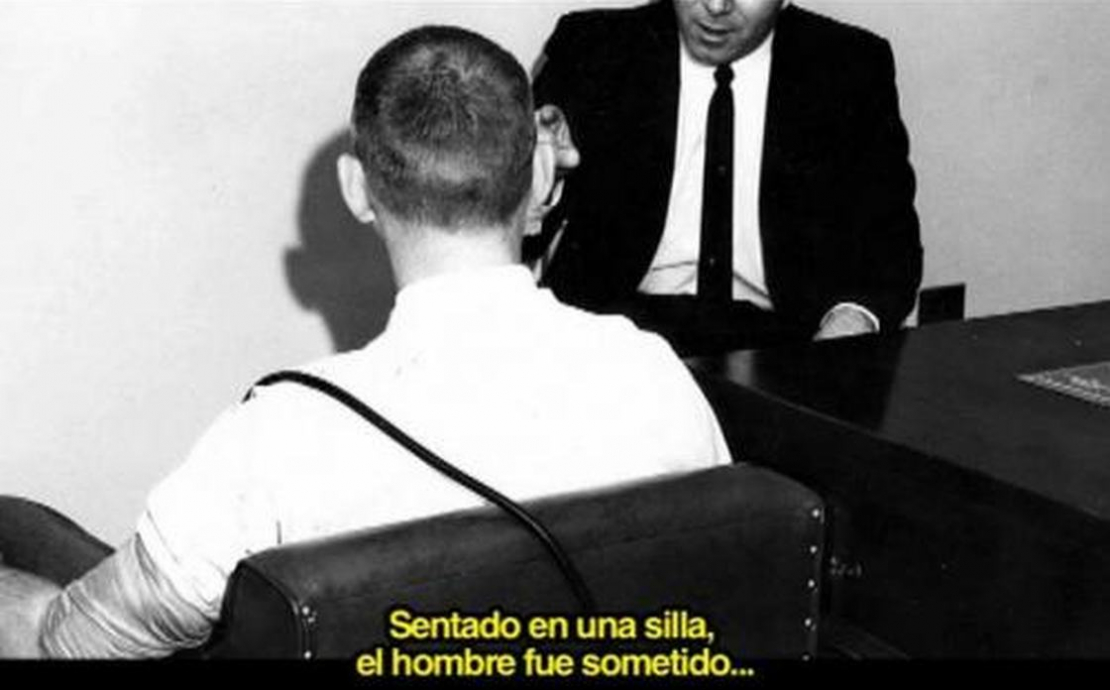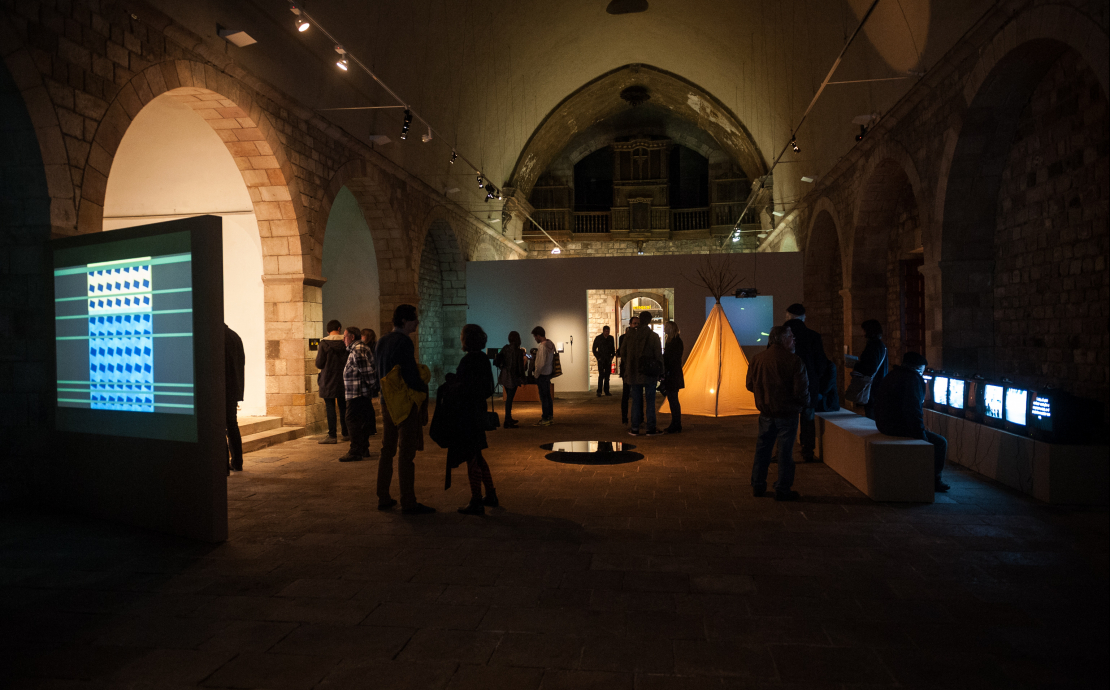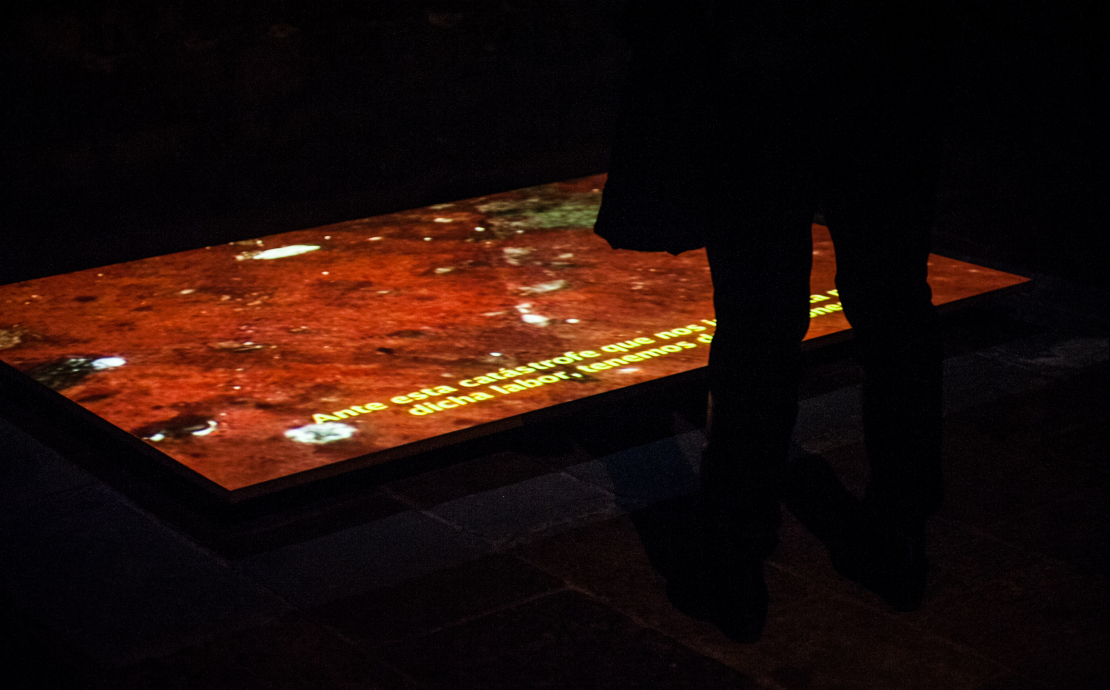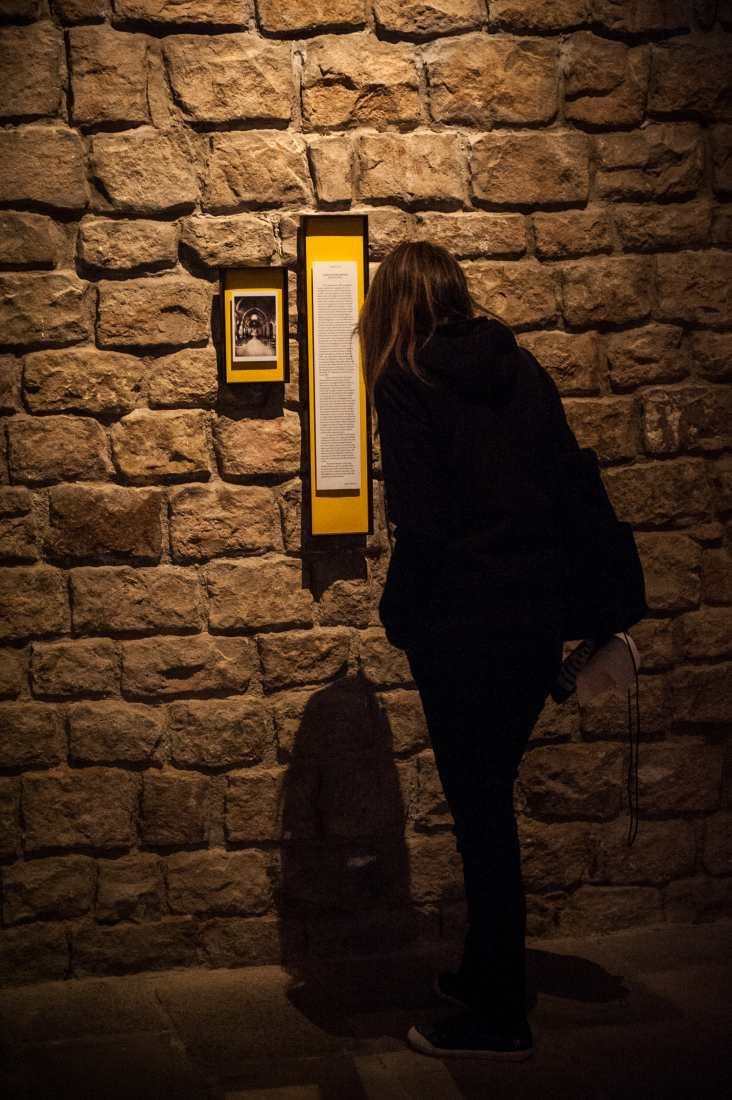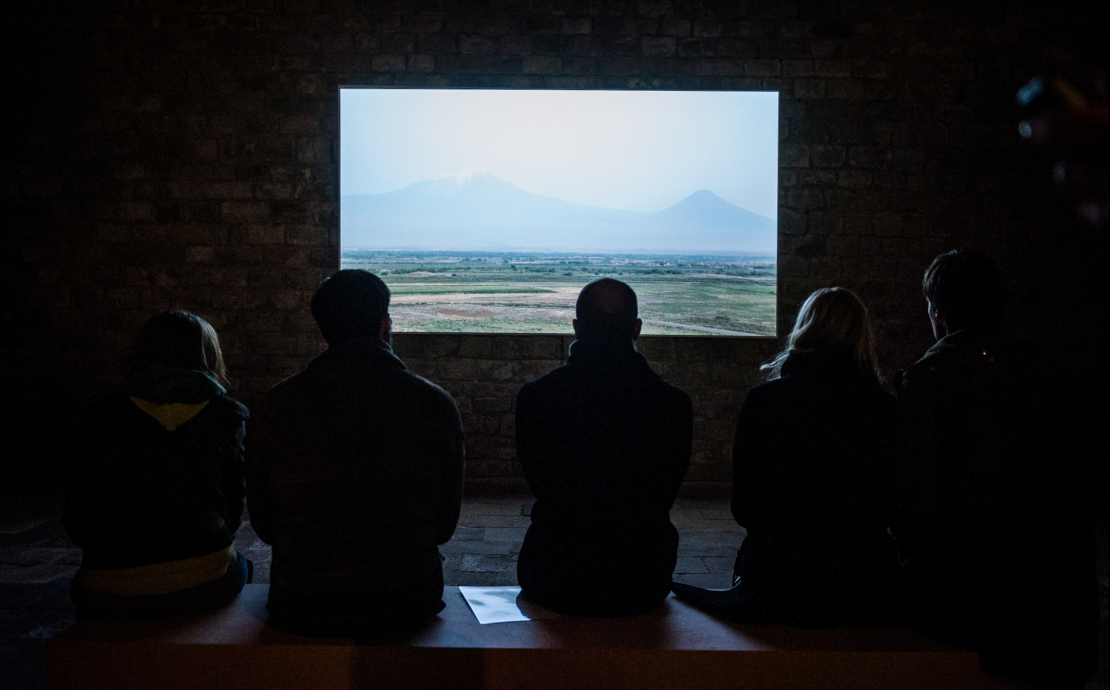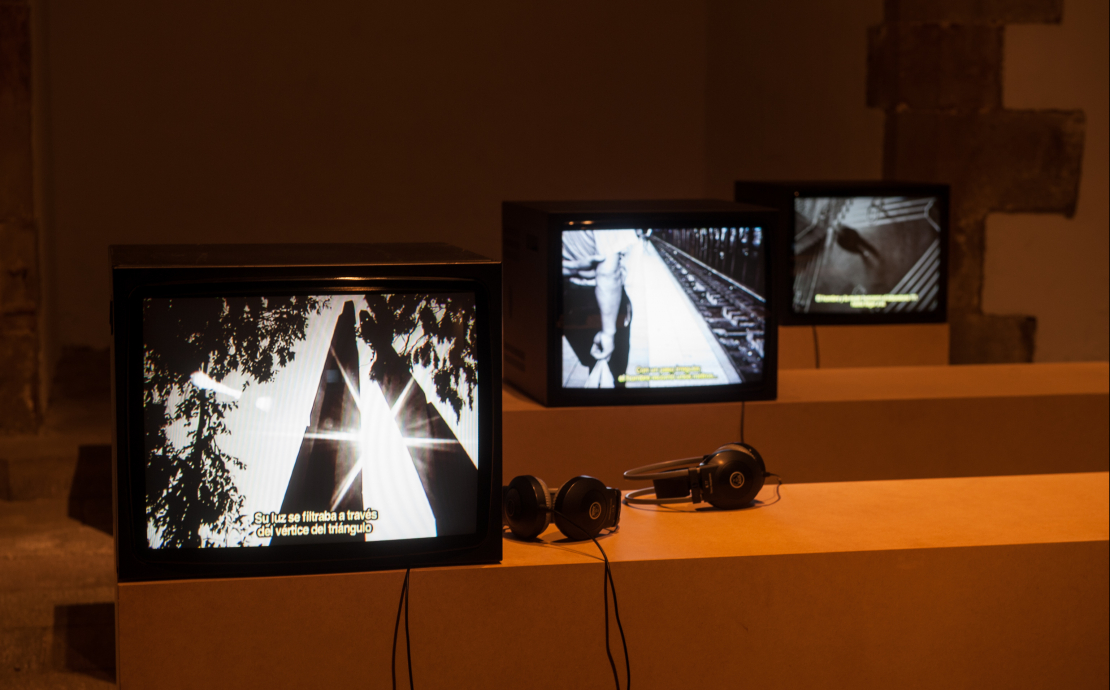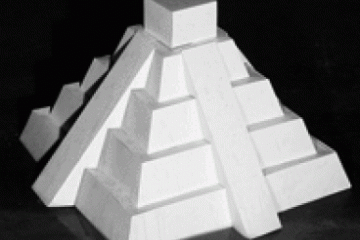The narrative condition
Alexandra Laudo (Barcelona, 1978) is the founder and di- rector of Heroínas de la Cultura, a platform for the develop- ment of projects in the field of contemporary visual arts whose activity is focussed on curating exhibition programmes and activities. She was head of communication at the Fundació Antoni Tàpies from 2005 to 2012, and coordinator of the 2009 and 2010 editions of the Loop Fair. She holds a degree in Humanities from the Pompeu Fabra University and a postgraduate degree in Cultural Management and Museology from the same university and from New York University, where she studied with a scholarship from La Caixa.
he has recently curated the exhibition “Viaggio al centro della Terra”, at the Museo di Città, Sassari (2012 Marco Magnani Prize dedicated to young curators); the “Constel·lacions familiars” cycle of exhibitions at EspaiDOS in Terrassa (2012 Terrassa Comissariat Prize); the Videofeminismes programme for the CaixaForum Multimedia Library, and the exhibition “Jour de fête”, at The Private Space (with Pedro Torres). In 2011 she was responsible for programming at the Sala d’Art Jove, in the framework of the Tutorial grants programme (with Azotea and Julieta Dentone).
La condició narrativa sets out to pose a reflection on the construction mechanisms, distribution and consumption of narrations on the basis of the interaction between text (both oral and written) and image. The project is structured into an exhibition and a series of parallel actions in which eight contemporary creators take part: Pieter Geenen, Karlos Gil, Marla Jacarilla, Kaia Hugin, Tamara Kuselman, Julia Mariscal, Ryan Rivadeneyra and Pedro Torres.
The narrative condition, understood as the urge to trans- late experience into story, is an intrinsic feature of culture and the very nature of the human being. Narrative is a metacode that enables the construction and transmission of messages about a common reality, and it is through narrative structures that, as humanity, we generate forms of meaning and knowledge. Given that language is the condition that facilitates and structures thought, the narrative, as Roland Barthes holds, emerges between our experience of the world and our efforts to describe that experience linguistically. Likewise, Walter Fisher speaks of the narrative foundation possessed by any form of communication with meaning, and how for the human being the world takes on significance through forms of narration. In that world however, increasingly more saturated with still and moving images, we are being turned increasingly more into “media beings”. To a large extent we construct meaning and knowledge with relation to narrative structures based on the use of image. That’s why our “narrative condition” is ever-more visual.
The exhibition brings together nine artistic proposals whose main focus is narration and which, more specifically, are constructed on the basis of combining image in movement with narrative elements which are integrated into the artistic piece through audio tracks or as subtitles. They are proposals that denote a literary influence and which, in certain cases, position themselves in the hinterland between the visual arts, literature, performance and cinema. The interaction between visual reference and narration directs attention towards the omnipresence of the image in contemporary society and towards its relationship with the narrative essence of our knowledge structures.
The programme of complementary parallel actions proposes that the artistic works be displayed beyond the realm of the space strictly devoted to the exhibition, through a series of actions that operate in the context of the public sphere and that will be developed throughout the duration of the exhibition. The programme consists in three actions for which the artists have been invited to develop derivations of their pieces in three specific formats, but at all times based upon the image/narration combination.
- Action 1: each artist has created a postcard, of which a thousand copies have been produced and distributed at different spots in the city.
- Action 2: each artist has created a proposal in the form of an e-mail message. Each of these messages will be sent on different days to the contacts in the La Capella data base.*
- Action3:eachartisthascreatedaproposalusingadver- tising space in a printed or on-line communications medium.
Rather than use these formats as communication tools for the exhibition itself, the aim of this series of actions is to introduce a type of narrative into these spaces which operates from an alternative communicational paradigm, from a logic which is not that of the market but is one of creative speculation. The objective would be to subvert conventional channels of communication and transmission of information in order to activate a reflection on the mechanisms of circulation and the consumption of images and narratives.
Curator
Alexandra Laudo (Heroínas de la cultura)
Artists
Pieter Geenen, Karlos Gil, Marla Jacarilla, Kaia Hugin, Tamara Kuselman, Julia Mariscal, Ryan Rivadeneyra i Pedro Torres.
Related activities
Wednesday 9 January 2013
6:30 pm: guided tour of the exhibition by the curator 8 pm: Livin’ la vida loca, performance by Ryan Rivadeneyra
* If you would like to receive these e-mail messages, you can register in the La Capella data base through this website: http://lacapella.bcn.cat/lacapella/informacion.php?lang=en
Links
Heroínas de la Cultura: www.heroinasdelacultura.com
Heroínas de la Cultura al FaceBook: www.facebook.com/heroinasdelacultura
Colaborators
OCA Office for Contemporary Art Norway
Butxaca l'agenda cultural de Barcelona



